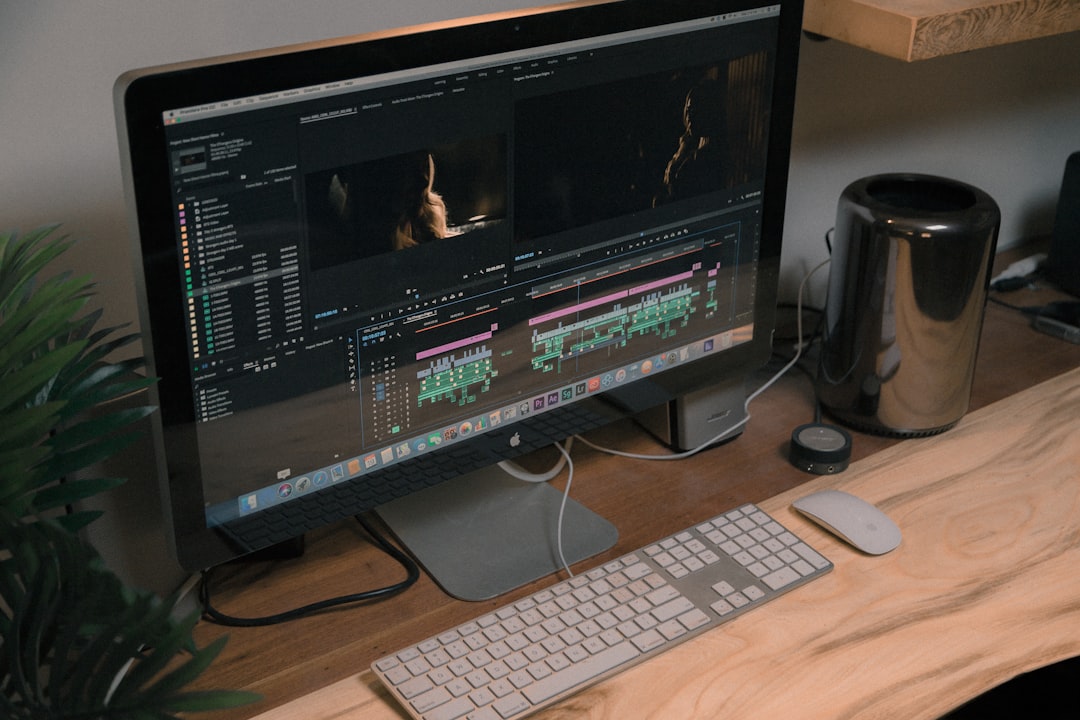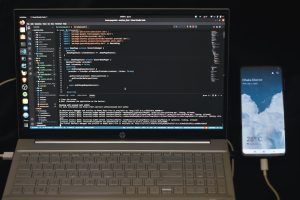
Ever tried to convert or cut a video using FFmpeg and got hit with this mysterious message: “Past Duration Too Large”? Don’t worry, you’re not alone. This error can be super confusing, especially if you’re not deep into video tech. But guess what? It’s usually caused by a few common issues—and it’s totally fixable!
So, what does “Past Duration Too Large” even mean?
In plain English, it means FFmpeg is getting confused. It thinks a certain video frame is supposed to last a shorter time than it does. This confuses the tool and causes the error.
This usually happens when:
- Your source video has bad or missing timestamps.
- You cut the video in a weird spot (like not on a keyframe).
- The input and output formats don’t work well together.
Let’s break it down and solve it step-by-step.
Step 1: Check Your FFmpeg Version
First, make sure you have the latest version of FFmpeg. Older versions might not handle some things correctly.
ffmpeg -versionIf it looks old, grab the latest version from the FFmpeg site. New updates fix lots of bugs—including this one!
Step 2: Add the Right Options
Here’s a simple tip that solves the error for most people. Try adding the -avoid_negative_ts make_zero option to your command.
ffmpeg -i input.mp4 -avoid_negative_ts make_zero -c copy output.mp4This tells FFmpeg to fix weird timestamps during processing.

Step 3: Re-mux the Video
Sometimes the video file itself is the problem. You can fix broken timestamps by re-muxing (a fancy word for repackaging) the file.
ffmpeg -i broken_video.mp4 -c copy fixed_video.mp4This doesn’t re-encode, so it’s fast. It’s like putting the same clothes in a new suitcase—everything’s better packed.
Step 4: Don’t Skip Demuxing
If it’s still giving you issues, try re-encoding. Yes, it takes longer, but it can sort out deep issues with timestamps and durations.
ffmpeg -i broken_video.mp4 -c:v libx264 -c:a aac reencoded.mp4This makes FFmpeg rebuild the video from scratch. Sort of like making a sandwich again instead of fixing the soggy one.
Step 5: Pay Attention to Cutting
Cutting videos? The error often pops up here. Try this command:
ffmpeg -ss 00:01:00 -i input.mp4 -t 00:00:30 -c copy cut.mp4If that doesn’t work, move -ss after -i and try re-encoding:
ffmpeg -i input.mp4 -ss 00:01:00 -t 00:00:30 -c:v libx264 -c:a aac cut_encoded.mp4
Using -c copy is faster but risky—it works best when you cut on keyframes. Otherwise, re-encoding is safer.
Bonus Tip: Use FFprobe
You can inspect video files using another tool—FFprobe. It helps you see if there are weird timing glitches.
ffprobe input.mp4Look for any red flags in timestamps or duration values. FFprobe gives you awesome insight without modifying anything.
Final Thoughts
The “Past Duration Too Large” error looks scary, but it’s not a monster. With these steps, you’ll squash it in no time.
- Keep FFmpeg updated
- Use
-avoid_negative_ts make_zero - Try re-muxing or re-encoding
- Be careful with cutting—don’t slice mid-frame
- Inspect with FFprobe when you’re stuck
Once you understand what FFmpeg is complaining about, the fix becomes simple. So keep experimenting, keep learning, and most of all—keep creating awesome videos!






